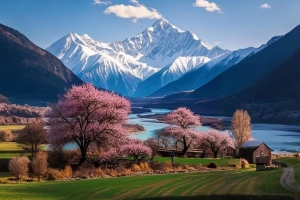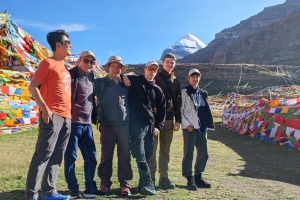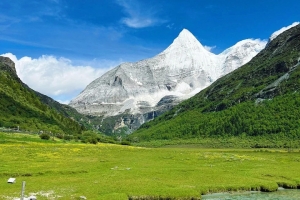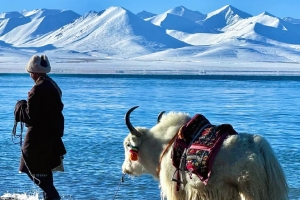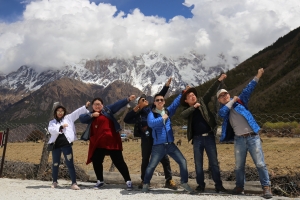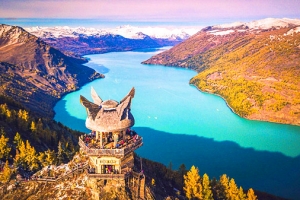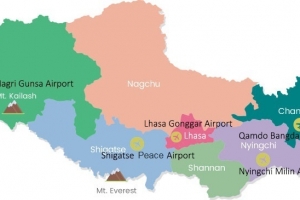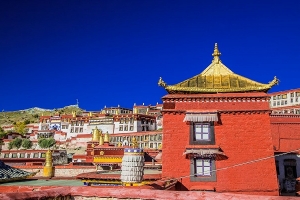Norbulingka, often celebrated as the “Jewel Park” of Lhasa, is a sanctuary of tranquillity and a testament to Tibetan imperial legacy. Once the summer retreat of the Dalai Lamas, this magnificent estate is a harmonious blend of majestic architecture, meticulously curated gardens, and a living tradition that speaks volumes of Tibet’s rich cultural tapestry. The following guide offers an in-depth exploration of Norbulingka, inviting travellers to discover its serene beauty and historical significance.
Discover the Timeless Charm of Norbulingka
Stepping through the ancient gates of Norbulingka, visitors are immediately embraced by an atmosphere of peace and quiet reflection. This estate, whose name suggests a gem-like splendour, is an oasis amid the hustle and bustle of modern Lhasa. Its expansive grounds are a vivid reminder of the era when Tibetan royalty found solace amidst nature. The meticulously landscaped gardens, punctuated by delicate water features and carefully selected flora, serve as an open-air museum that preserves the architectural and horticultural traditions of Tibet.
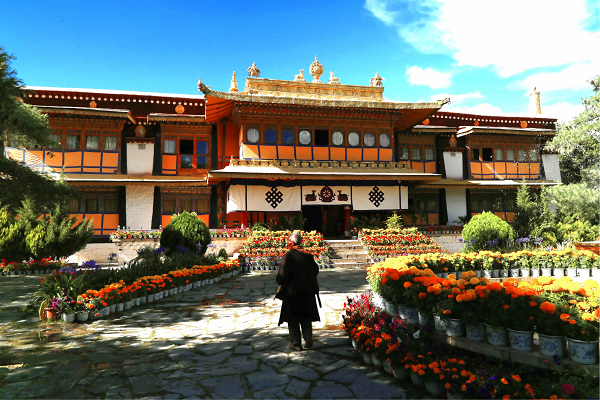
The Historical Legacy and Spiritual Significance
Norbulingka is steeped in history. Dating back to the 18th century, the park was conceived as a retreat for the Dalai Lamas—a place to escape the pressures of state and engage in introspection and spiritual rejuvenation. The estate reflects the profound bond between Tibetan culture and nature, where each pavilion and courtyard has been thoughtfully designed to facilitate meditation and artistic expression. Here, history is not confined to textbooks but is interwoven into every pathway, every carved motif, and every whisper of the wind.
The spiritual undercurrent of Norbulingka is palpable. Visitors can almost hear the echoes of ancient chants and prayers that once filled these gardens. This spiritual resonance adds an additional layer of depth to the experience, inviting travellers not only to admire the visual splendour but also to engage in a reflective journey that honours the traditions of Tibetan Buddhism.
The Architectural Elegance of Tibetan Design
A visit to Norbulingka is incomplete without an appreciation of its distinctive Tibetan architecture. The estate’s structures are characterised by intricate wood carvings, elaborate murals, and a design ethos that emphasises harmony with the natural environment. Each building, whether it be a grand pavilion or a humble temple, tells a story of artistic ingenuity and cultural reverence. The architectural details serve both aesthetic and symbolic purposes, illustrating the close relationship between human creativity and the divine in Tibetan thought.
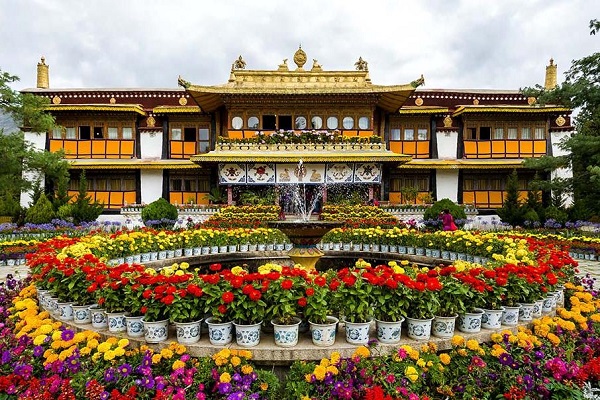
The seamless integration of these elements with the natural landscape creates a visual narrative that celebrates the splendor of Tibetan heritage. Travellers are invited to wander through corridors that have witnessed centuries of spiritual dialogue, each structure echoing the prayers and aspirations of generations past.
The Garden: A Living Masterpiece
Central to the allure of Norbulingka is its sprawling garden—a living masterpiece that epitomises the meticulous art of Tibetan landscaping. Far more than a mere collection of trees and flowers, the garden is a carefully choreographed display of nature’s beauty, designed to evoke a sense of calm and introspection. Traditional Tibetan gardening techniques are evident in every detail, from the winding water channels that mirror the sky to the serene lawns that provide a canvas for quiet reflection.
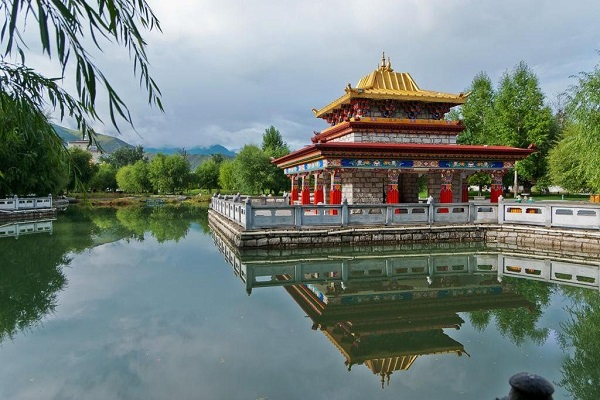
As the seasons change, the garden transforms into a dynamic tableau of colour and light. Spring brings a burst of floral splendour, while autumn’s gentle hues offer a soft, reflective ambience. The garden is not only a feast for the eyes but also a sanctuary for the soul—a place where visitors can slow down and reconnect with the natural world.
Experiencing Cultural Immersion and Local Life
Norbulingka is more than a historical site; it is a vibrant space where traditional Tibetan life unfolds in everyday moments. Locals frequent the estate, engaging in morning exercises, leisurely strolls, and community gatherings. This interplay between the past and the present creates an immersive environment where cultural heritage is experienced firsthand. Travellers can observe the genuine warmth and simplicity of Tibetan life, providing an intimate glimpse into the traditions that have been preserved over centuries.
The soft hum of conversation, the occasional chime of prayer wheels, and the rustle of leaves in the gentle breeze all contribute to an ambience of serene vitality. This is a place where every moment is an invitation to pause, observe, and appreciate the delicate balance between history, nature, and human existence.
Planning Your Visit: Practical Tips for an Enriching Experience
To fully appreciate the wonders of Norbulingka, a well-planned visit is essential. The estate is ideally explored during the early morning or late afternoon, when the soft light enhances the natural beauty of its surroundings. Travellers are encouraged to dress modestly as a sign of respect for the cultural and spiritual heritage of the site.
Allow ample time to meander through the extensive grounds; a leisurely pace will enable you to absorb the intricate details of the architecture and the subtle nuances of the garden’s design. For those seeking deeper insights into the history and cultural significance of Norbulingka, guided tours are available. These tours, often led by knowledgeable local guides, offer enriching narratives that illuminate the hidden stories embedded in every corner of the estate.
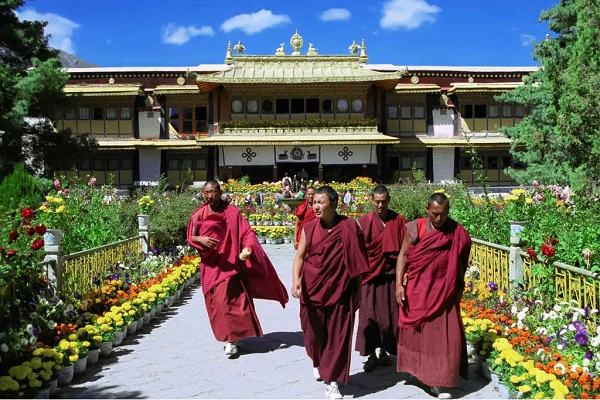
Seasonal variations also play a significant role in the visitor experience. Spring and autumn are particularly delightful, offering comfortable weather and a visually stunning landscape. For a quieter, more contemplative experience, consider visiting on a weekday when the crowds are fewer, allowing you to immerse yourself fully in the tranquil atmosphere.
The Culinary Flavour of Tibetan Heritage
No journey through Norbulingka would be complete without sampling the culinary delights that complement the cultural experience. In the vicinity of the estate, traditional Tibetan teahouses and eateries offer a taste of local cuisine that is as rich in flavour as it is steeped in history. Dishes such as momo (dumplings), thukpa (noodle soup), and the quintessential butter tea provide a culinary exploration of Tibetan life, where each bite is a celebration of local traditions and ingredients.
Enjoying a meal near Norbulingka is not merely about satiating hunger; it is an integral part of the cultural immersion. The flavours, aromas, and textures of Tibetan food create a sensory narrative that enriches your overall experience of the estate. Each meal is an opportunity to connect with the local community and appreciate the culinary heritage that has been passed down through generations.
Reflections on Norbulingka: A Timeless Cultural Sanctuary
Norbulingka stands as a timeless emblem of Tibetan cultural resilience and spiritual heritage. It is a place where history is not confined to the pages of a book but is vividly brought to life in every stone, blossom, and whisper of the wind. For those with a passion for art, history, and nature, Norbulingka offers an unparalleled sanctuary of beauty and reflection.
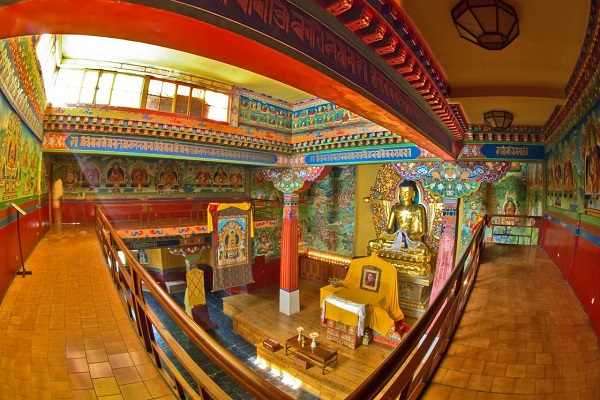
In a world where the rapid pace of modernity often overshadows tradition, Norbulingka remains a bastion of cultural pride and natural splendour. Whether you are a seasoned traveller or a curious soul embarking on your first journey to Tibet, the estate promises a transformative experience—one that lingers in the heart long after the visit has ended.
Embrace the opportunity to explore Norbulingka, a living legacy that honours the past while inviting a future of continuous cultural dialogue. In every carefully preserved detail, from the grand pavilions to the intimate garden nooks, you will discover a narrative that is both deeply personal and profoundly universal—a testament to the enduring spirit of Tibet.

